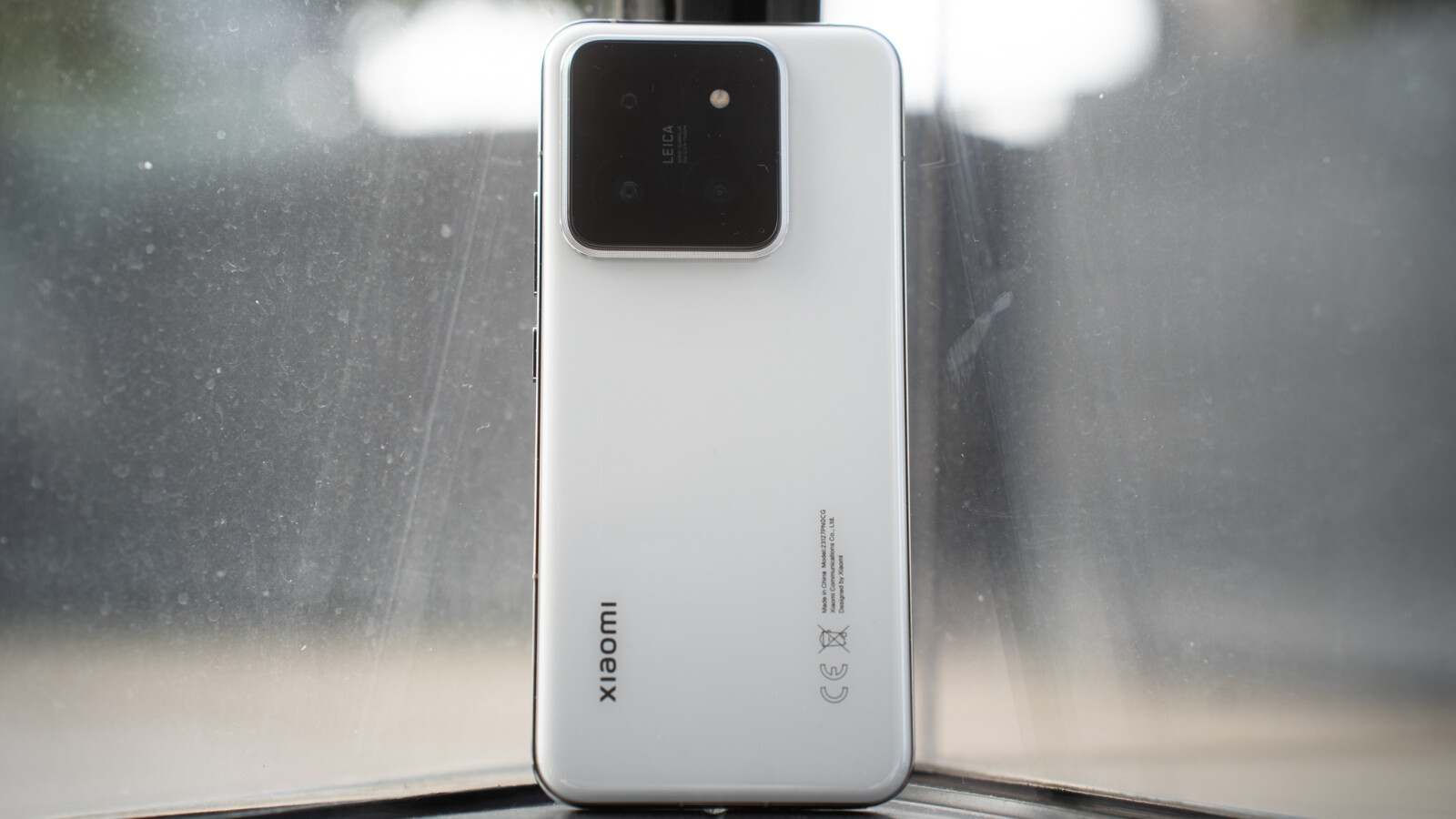Every night, it is there, in the sky, accompanying us for centuries and centuries. A few decades ago, we managed to send intrepid people to our satellite and never returned. Today, NASA, SpaceX and other companies are working to create a colony on the Moon equipped with the latest technology. But what was the computer that Neil Armstrong wore in the Apollo 11 What do you get to moon?
After the first moon landing, although we sent different probes, no other manned mission was sent to our satellite. This is why many thought this moon landing was a prank, something created in a recording studio, although there is plenty of evidence of this mission.
The NASA PC was almost not a computer as such
For Apollo 11 to land on the Moon on July 20, 1969, it took all the ingenuity of scientists. You should know that at that time, we barely had electronic circuits, which were really basic. Everything had to be created specifically for this mission.
The system called Apollo guidance computer (AGC; in Spanish, Apollo Navigation Computer). What this system offered was the computing capability needed to manage the orientation and navigation of the command module and the lunar module. It is worth noting that the AGC has been supplemented with a DSKY interface, which is essentially a very simple screen with a numeric keypad and a few additional keys for entering data.
More specifically, Apollo 11 carried what is called Block II. This system had a total of 2,800 integrated circuits, where each of these circuits had two three-input NOR gates. This would be a bit of the previous version of what we mean by processor.
This set operated at a frequency of 2 MHz. Moreover, they were complemented by. 2 KB by heart RAM Yes 32 KB by heart ROMs (storage).
DSKY… screen and keyboard without further delay
This “primitive computer” so to speak was supplemented by a keyboard and a screen called DSKY (from the English screen and keyboard). It mainly consisted of three parts, these being vectors of light indicatorsseveral digital viewers and one keyboard type calculator with a few extra buttons.
To enter commands, two-digit numbers called “Verb” and “Noun” were used. The Word indicated the type of action we wanted to perform. While the Name referred to the data you wanted to modify.
For your information, please note that the AGC and the DSKY together weighed nothing more and nothing less than 33 kilos.
The first computers would take more than a decade
It should be noted that the first personal computers would take a little over a decade to reach the market. This mission took place in 1969 and the Commodore 64 and ZX Spectrum computers wouldn’t be commercialized until the 1980s. We’re talking a little over a decade between the computer that landed on the moon and the first commercial computers .
Additionally, these early computing devices were already based on integrated processors and not integrated circuits. It’s also worth noting that these early systems were far more powerful than the computer Apollo 11 used to land on the Moon.
Let’s take a little more perspective. The computing power of the AGC would be equivalent, more or less, to that of any current microwave. This gives us even more of the magnitude of the feat of these courageous people who managed to walk on the Moon.










